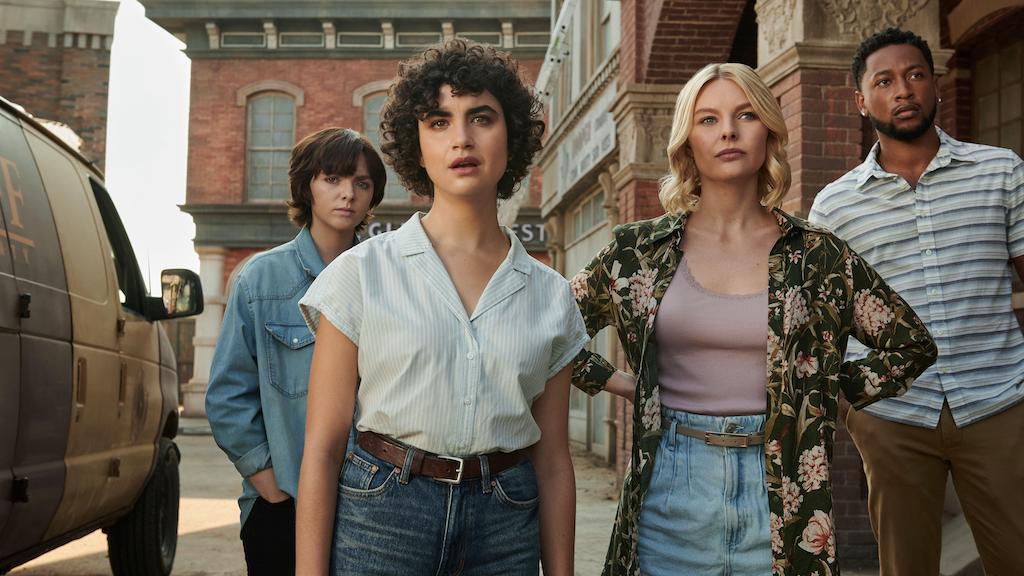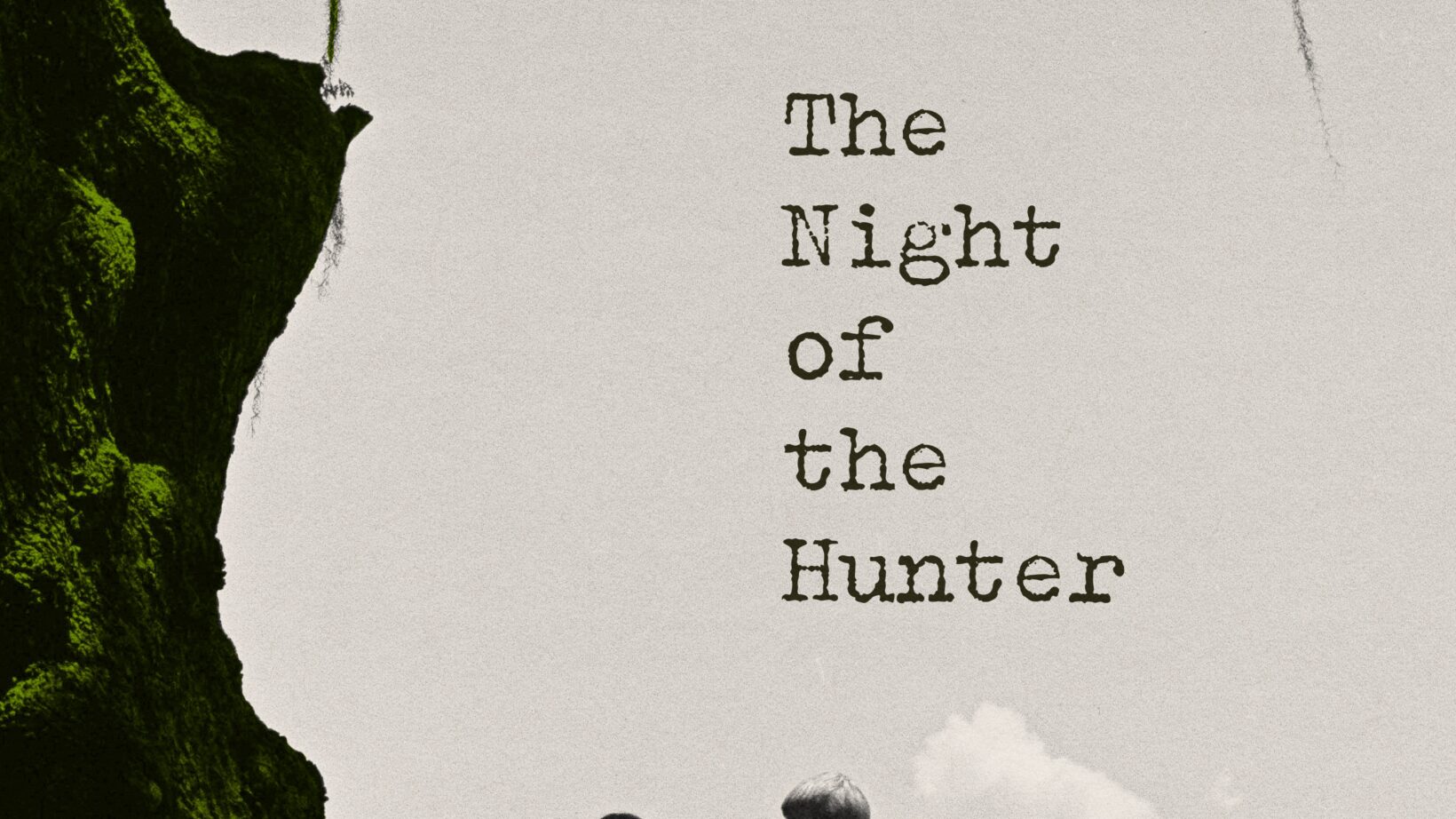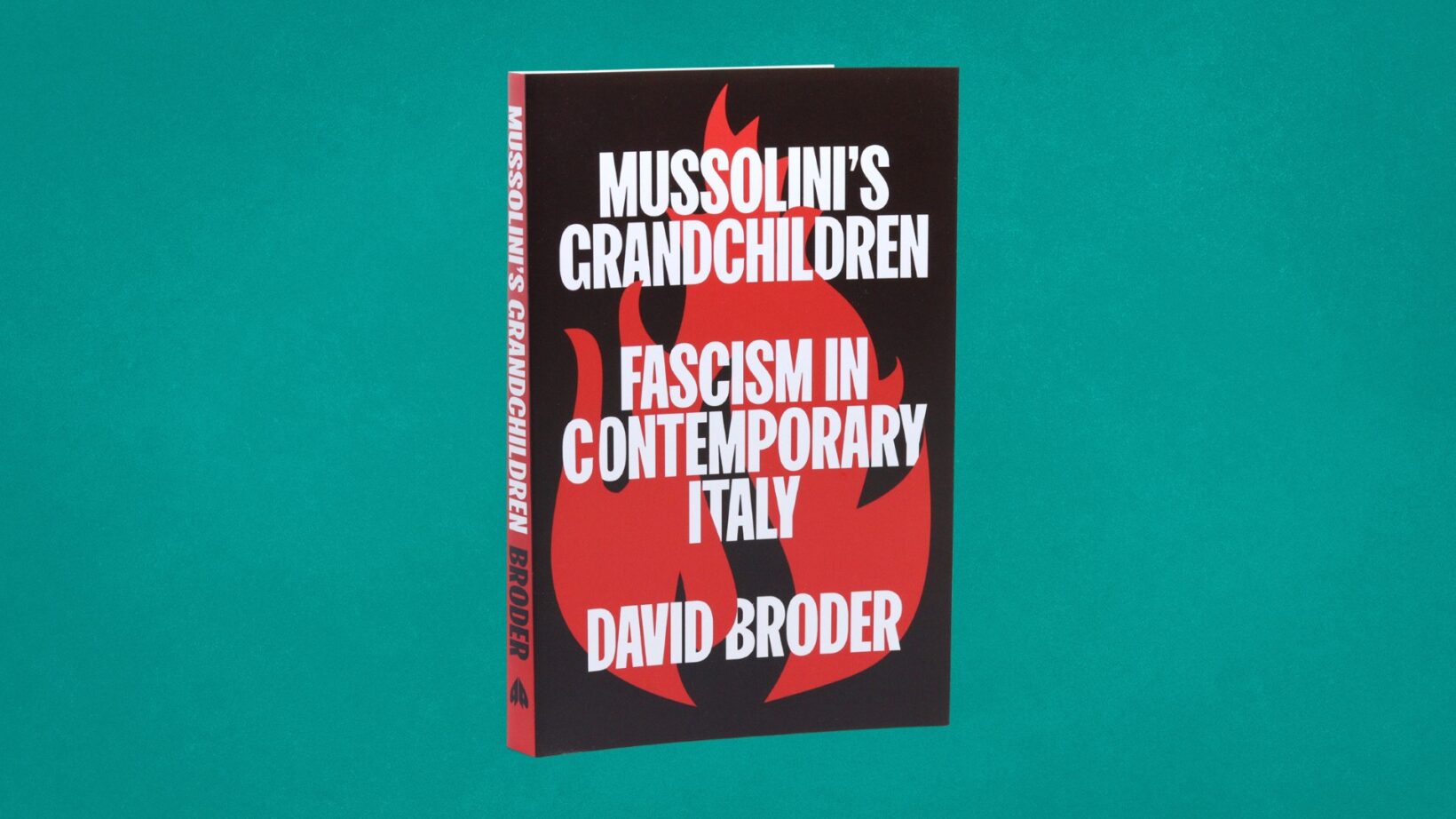Following a trend in the production of horror movies, Netflix’s Texas Chainsaw Massacre-sequel wants to claim the classic’s legacy and speak to the present moment. But why does it feel so goddamn hollow?

One of the new ideas in horror terminology and meta-commentary that Scream (2022) really wants to try and bring into the lexicon is the idea of a “requel.” A sort of halfway house between a remake and sequel; it’s the start of a new narrative chapter for the franchise, but one that’s informed incessantly by its past. By legacy characters, callbacks, and – in the case of Scream more than any other franchise – self-awareness. Requel hasn’t managed to stick around since the latest Scream came out, but the fifth film in the satirical franchise does, as one might hope or expect, tap into the vein of where slashers are going. Right now, they’re going forwards and backwards all at once.
The trend started with David Gordon Green’s Halloween (2018), which jettisoned four decades of continuity and positioned itself as the direct successor to Carpenter’s 1978 original. Not only did it respond directly – and with some knowing glances that wouldn’t feel out of place in Scream – to the narrative of the original, it brought back Jamie Lee Curtis to play Laurie Strode once again, reframing Halloween as being about Laurie as well as Michael; that at the heart of the franchise, no matter what direction it might go in, is a pas de deux between hunter and hunted.
Beyond the way that the new Halloween trilogy reframes the narrative of all that came before it, it also looks continually at the present moment as the sight through which it wants to find horror, something continued through the idea of mob justice that haunts the film’s sequel, Halloween Kills. The question that films like Halloween or Scream pose to themselves – either quietly in the case of the former, or deliberately and explicitly like the latter – is one of relevance; of wondering why they should exist in the first place. These legacy sequels, all sharing the names with the first films in their franchises, keep looking to their own history in order to find the way forward; not in a way that feels explicitly linked to nostalgia, but instead to an incredibly contemporary moment in cinema that’s defined by the monolithic franchises that dominate showtime schedules. What makes Scream unique in this context is that it tries to comment on that moment directly; one of the major ideas picked up in the film – and there are lots of ideas picked up; some followed through to interesting conclusions, and others discarded too soon – is the relationship between fandom and toxicity, and what it means in the context of legacy sequels in particular. That a franchise “belongs” to a certain section of the fanbase, a kind of cinematic equivalent to ideological purity, is made even more bizarre when a blood-stained killer yells “how can something born out of love be toxic?” This is how Scream gestures towards the contemporary, to staking its claim not only to its own past, but to the moment of its own creation.
But of all the recent legacy sequels to appear in cinemas and on streaming services, Scream isn’t the one that’s most obsessed with the idea of being contemporary. Instead, that (in)auspicious honour belongs to Netflix’s Texas Chainsaw Massacre (2022). From its first moments, the film wants to acknowledge the lineage that it came from. John Laroquette returns to provide VoiceOver narration; but this time, the original killings are branded “The UNSOLVED Texas Chainsaw Massacre,” positioning its history within a moment of true crime obsession. This moment is striking because it attempts to go to the heart of exactly what a legacy means for these legacy slashers; the answer seems different for each franchise; in the case of Texas Chainsaw, the past casts a long shadow, even if the presence of the original film feels like only a small part of that.
Harlow, Texas, is exactly the kind of small town that might get called “left behind.” There’s no real economy there anymore; that’s why a group of influencer-adjacent figures are going there to revive/gentrify the area. A police officer that stops the group on their drive into Harlow says “some of us were born here. Saw it in its prime.” And of course, that “prime” means vastly different things to different people; the Harlow orphanage (seemingly the home of Leatherface) has a confederate flag hanging outside its window. These moments seem to try and drag Texas Chainsaw into a contemporary conversation about culture and legacies; what we do with the past, and when we’re best off simply consigning it to the dustbin of history. From this flag, to the ways in which the film tries to link Leatherface’s attack with a school shooting survived by Lila (Elsie Fisher), this Texas Chainsaw becomes a cultural oddity; aggressively, almost self-consciously living in the moment, trying to speak to everything a contemporary horror film, sequel, and franchise entry needs to be in 2022. What’s frustrating about this is that Texas Chainsaw has some truly unique imagery, that even engages with the history of horror in some surprising new ways; Leatherface wearing the skin of his adoptive mother as a mask is a strange, messy articulation of the kind of queer and trans panic that’s often informed horror films. But when the film tries to articulate these ideas in words, then it starts falling short; a scene where an onlooker threatens Leatherface with cancellation (before being brutally murdered) captures how hollow these attempts to tap into The Moment can sound; the kind of dashed off reference to contemporary culture – and the politics that surround it – seemingly there just for the sake of being there. In something like Scream, these references make more sense; they’re ingrained in the DNA of the franchise, but for this new look Texas Chainsaw, it feels more like a grasp for relevance, even as the film’s bloodstained hand ends up closing around nothing. It’s no surprise that the film includes one of the true staples of the contemporary franchise film: a post-credits scene. Designed to set up the next step in a franchise/end the film on another advert (delete according to taste), ever since Tony Stark was asked about the Avenger Initiative in 2008, blockbusters have embraced this convention and never looked back, something that feels ironic for legacy slashers.
Because of course, Texas Chainsaw finds itself looking back; not just in the political, haunted sense that comes to imbue the town of Harlow, but back at its own cinematic history as well. Like the legacy sequels that came before it to breathe new life into their respective franchises, Texas Chainsaw brings back the one legacy character that really matters: Sally (Olwen Fouere; Marilyn Burns, the original Sally, passed away in 2014). Sally comes back in the same way that Laurie does in Halloween; as someone who’s been deeply scarred by her encounter with a masked killer – and the scarring of Sally is mirrored in some interesting ways at the end of this new iteration – but as someone who tries to harness that, and turn into something else. That something else, in both Halloween and Texas Chainsaw, is vengeance; these characters all feel tied together by a line in Scream: “I’m Sidney fucking Prescott, of course I own a gun.” The fact that the legacy characters coming back are all final girls seems to be an attempt to try and say something about the gender politics of the slasher (one of their most historically messy but interesting themes) – a way of trying to give them more agency and help them step out of the victimhood that they’re so often associated with. But these women aren’t defined by their agency; they’re defined by surviving, and the question of what they all do with that survival is one of the ways in which legacy sequels can be compelling. So it’s a shame that Sally’s return feels hollow, rushed; more of a passing of the torch than any kind of continuation of her story. In both Halloween and Scream, the legacy characters have an interesting thematic relationship to this new generation of survivors, but Sally never quite gets this moment. While she’s able to tell Lila that if she runs, Leatherface will “never stop hunting her,” she feels more like a plot device, an eleventh-hour saviour; and her showdown with Leatherface feels rushed, its ending unearned.
The opening of 2022’s Scream is an echo of the iconic sequence that opened the 1996 original. Ghostface calls a teen girl that’s home alone and asks: “Do you like scary movies?” This question ends up becoming the thesis for the new Scream; from jokes about “elevated horror” to the toxic relationship between fans, the art they consume, and those that make it. And all of these films seem to be asking their characters, as much as their audiences, if they still like scary movies. The ways in which these legacy sequels try to stand on their own two feet (all while knowing that they may always be in the shadow of the other films that share their names) is by gesturing towards what a “scary movie” can look like in an era that’s so defined by sequels and remakes. For better or worse, the films all show different directions that horror has the potential to go in (and has been going in for some time), even if they seem unsure about whether they’re able to walk tall and become their own creatures, or if the shadows that came before are simply being cast over more of the landscape.
Sam is a writer, and one of the founding editors of Third Way Press. Their writing on culture and identity has been published by Frieze, the LA Review of Books, Neotext, and other places. They have written two books, All my teachers died of AIDS (Pilot Press, 2020), and Long live the new flesh (Polari Press, 2022).







